Origins of Ukiyo-e
Ukiyo-e, which translates to “pictures of the floating world,” originated in Japan during the Edo period (1603-1868). The term “floating world” refers to the transient nature of life, especially in the pleasure districts of cities like Edo (modern-day Tokyo) and Kyoto. Ukiyo-e began as black and white paintings, capturing the vibrant and fleeting moments of daily life, particularly in the entertainment districts.

Evolution of Ukiyo-e Techniques
In the early years, Ukiyo-e artists used monochrome ink for their paintings. However, the art form evolved with the introduction of woodblock printing in the 17th century. This technique involved carving the image onto a wooden block and then using it to print multiple copies. This innovation allowed for mass production and widespread distribution of Ukiyo-e prints, making them accessible to a broader audience.
Golden Age of Ukiyo-e
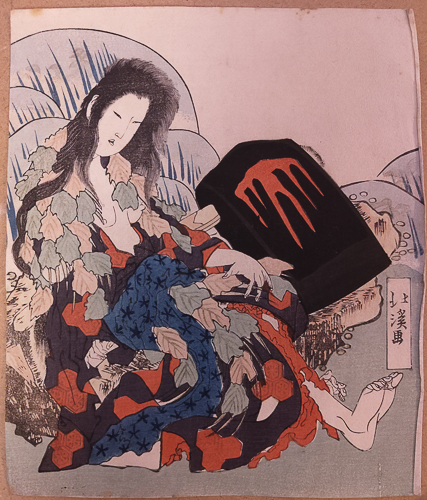
The 18th and 19th centuries are often considered the golden age of Ukiyo-e. Artists like Kitagawa Utamaro, Katsushika Hokusai, and Utagawa Hiroshige gained prominence during this period. Their works depicted a wide range of subjects, including kabuki actors, beautiful courtesans, landscapes, and scenes from everyday life. Hokusai’s “The Great Wave off Kanagawa” is one of the most famous Ukiyo-e prints worldwide.
Influence of Kabuki and Courtesan Culture
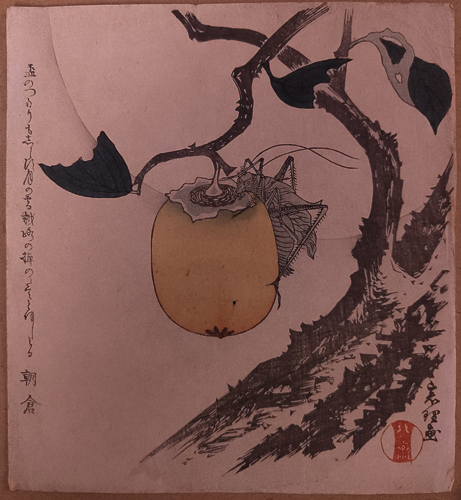
Kabuki theater and the courtesan culture played a significant role in shaping the themes of Ukiyo-e prints. Kabuki actors and beautiful courtesans became popular subjects for artists, and their images were used to create vibrant and visually striking prints. These prints not only served as entertainment but also reflected the changing cultural and social dynamics of the time.
Decline of Ukiyo-e and Western Influence
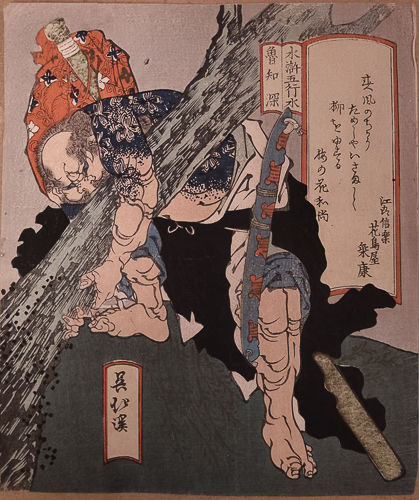
As the Edo period came to an end in the mid-19th century, Japan underwent significant political and social changes. The Meiji Restoration (1868) marked the end of the samurai era and the beginning of Japan’s rapid modernization. Western influence also became more prominent during this time. These changes had a profound impact on the traditional art forms, including Ukiyo-e, as artists adapted to new styles and themes.
Legacy and Revival
Despite its decline in the late 19th century, Ukiyo-e left a lasting legacy. The bold compositions, vibrant colors, and unique perspectives of Ukiyo-e prints influenced Western artists such as Vincent van Gogh and Claude Monet. In the 20th century, there was a revival of interest in Ukiyo-e, with collectors and scholars recognizing its cultural and artistic significance. Today, Ukiyo-e continues to captivate audiences worldwide, and original prints are highly sought after by art enthusiasts and collectors alike.
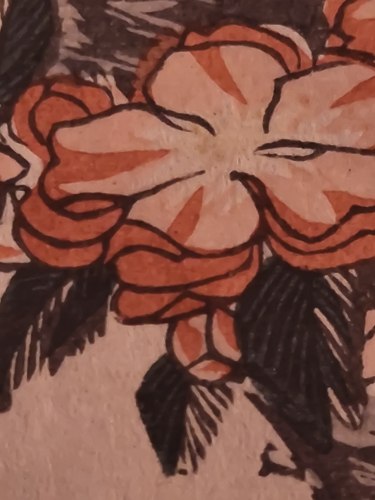
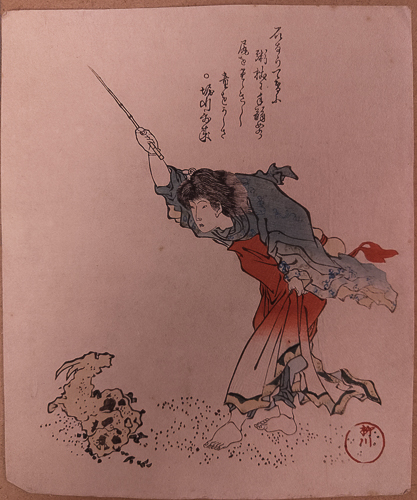

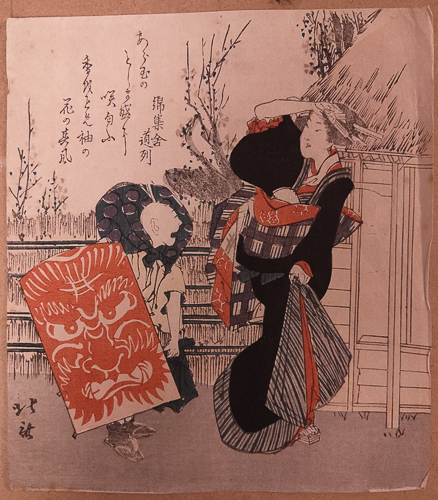
I the near future i’ll do a small blog regarding identification and aging of these prints.
We have a very nice selection from some of the more famous artists available in the shop.
and a direct link to the Ebay Shop.
Please keep coming back for great blogs and insights into all things antiques, vintage and retro
